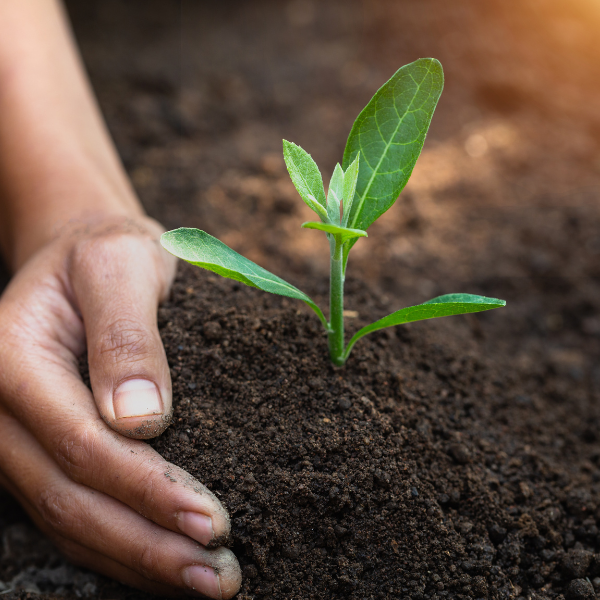Biodegradable vs Compostable
In our efforts to end deforestation, reduce waste and minimize our impact on the environment, we often come across terms like “biodegradable” and “compostable.”
While these terms may seem interchangeable, they actually have distinct meanings and implications.
Any product that is compostable is biodegradable. However, any product that is biodegradable may not be compostable.

Biodegradable
Biodegradable materials are those that can naturally break down and decompose over time through the action of microorganisms, such as bacteria or fungi. These materials undergo a biological process where they are broken down into simpler components.
Examples of commonly biodegradable materials include:
-
- Paper products
- Cardboard
- Wood
- Certain types of plastics (e.g., PLA or PBAT)
- Natural fibers (e.g., cotton, hemp)
Using biodegradable materials offers several environmental benefits:
-
-
Reduced Waste in Landfills
As biodegradable materials naturally break down, they take up less space in landfills compared to non-biodegradable alternatives.
-
-
-
Lower Carbon Footprint
Biodegradable materials often have a lower carbon footprint compared to their non-biodegradable counterparts requiring less energy and emitting fewer greenhouse gasses during manufacturing.
-
-
-
Soil Enrichment
When biodegradable materials decompose, they release valuable nutrients into the soil, enhancing soil health, promoting plant growth, and reducing the need for synthetic fertilizers.
-
Compostable
Compostable materials are a subset of biodegradable materials that undergo a more specific decomposition process called composting. Composting involves breaking down organic matter into nutrient-rich compost through the combined action of microorganisms, heat, moisture, and oxygen.
Unlike regular biodegradation, which can occur in various environments, composting requires specific conditions to facilitate the process effectively. These conditions typically include maintaining a balanced carbon-to-nitrogen ratio, proper aeration, moisture levels, and an appropriate temperature range.
Examples of compostable materials include:
-
- Food waste
- Yard trimmings
- Certified compostable paper and plastics (e.g., made from plant-based sources like cornstarch)
- Biodegradable packaging made specifically for composting
Composting offers numerous environmental benefits:
-
-
Fertilizes Soil Naturally
Compost acts as a natural fertilizer, enriching soil with essential nutrients for plant growth to improve soil structure, water retention capacity, and overall soil health.
-
-
-
Reduces Methane Emissions
Organic waste that ends up in landfills produces methane gas as it decomposes anaerobically that contributes to climate change. By diverting organic waste to composting we can significantly reduce methane emissions.
-
-
-
Closes the Nutrient Loop
Composting completes the nutrient cycle by returning organic matter back to the soil. It mimics nature’s way of recycling nutrients and is an essential part of maintaining a sustainable ecosystem.
-
